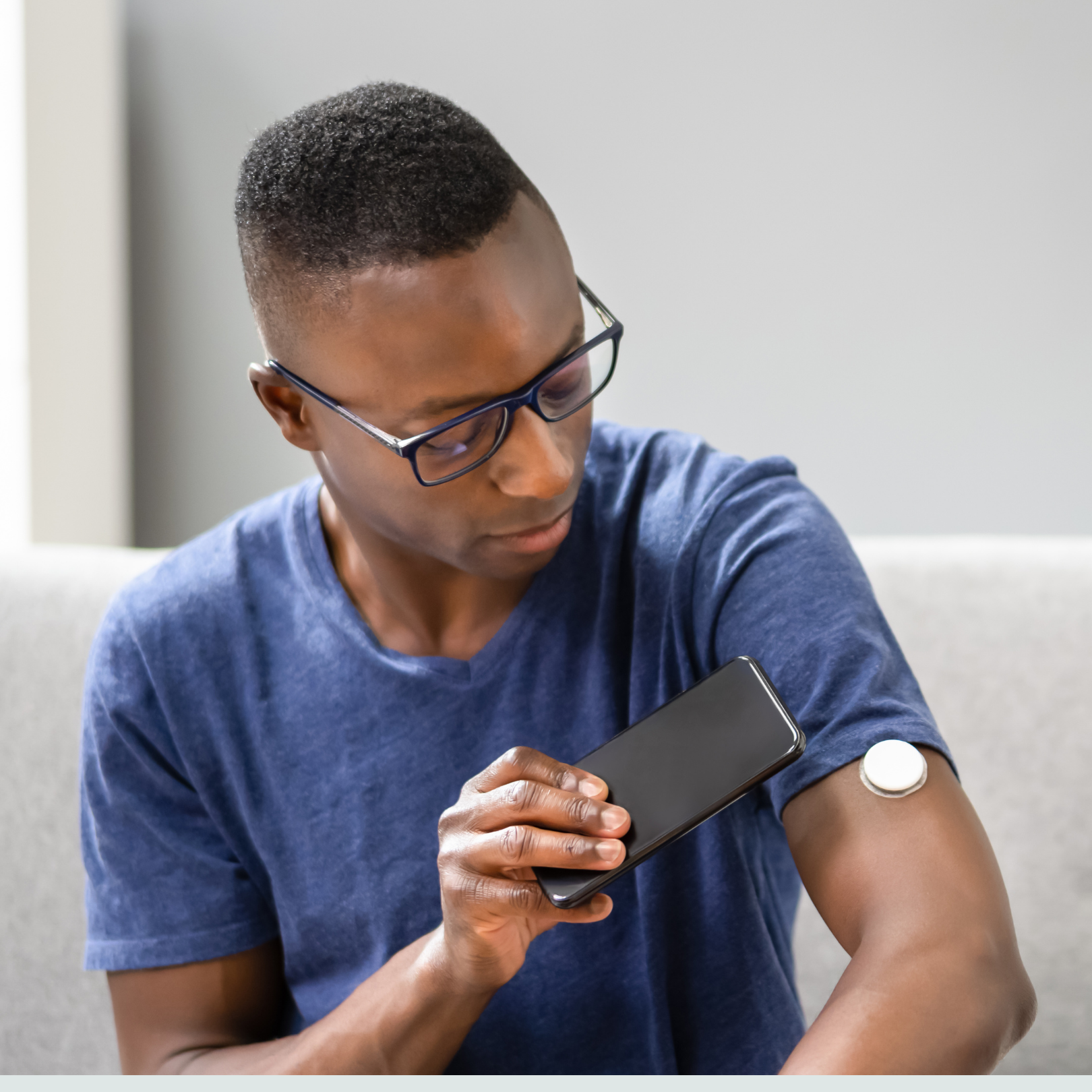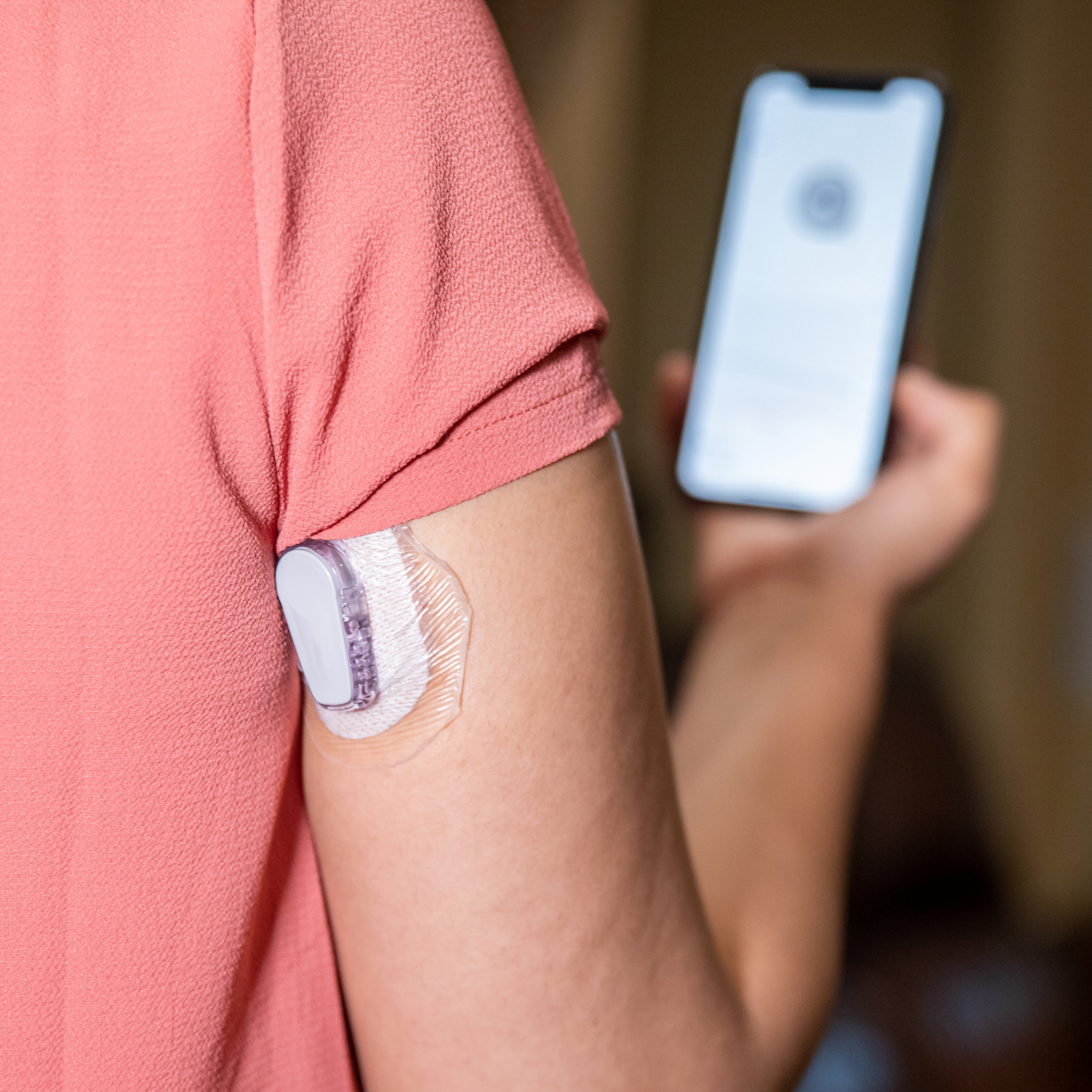News
OSTEOPOROSIS
By Dr. Tira Chaicha-Brom
Osteoporosis is a condition of weak bones and carries a high fracture risk and in turn increased mortality. Unfortunately, this condition typically goes undiagnosed because it is typically asymptomatic, unless someone was to have a fracture. 10.2 million Americans have osteoporosis and 43.4 million have the precursor osteopenia. Often, people will assume that having a “hunchback” is a sign of osteoporosis, but that is not always the case. If someone were to have lost some height, this could indicate a vertebral fracture which would be diagnostic for osteoporosis. Sometimes people will assume that because they are old and have hip or back pain, that they have osteoporosis. However, osteoporosis does not hurt and the pain that patients complain about is more likely related to arthritis which is due to joint pain. Osteoporosis typically affects women more than men due to menopause but it is often underdiagnosed in men since they are not usually screened for the disease.
How is osteoporosis diagnosed if it is asymptomatic? We typically order a bone density. A bone mineral density (BMD) is a painless procedure where one is laying on his/her back and x-rays are taken of the spine and hip and sometimes, the wrist. A BMD can help predict the risk of fractures but it is not used to diagnose fractures, which would require a different imaging study such as a plain film X-rays. For post- menopausal women and men above the age of 70 a T-score of -2.5 or lower on a BMD is diagnostic for osteoporosis. Interestingly, though, most fractures occur in the osteopenia range since more patients will be in this category. Another way a patient could be diagnosed with osteoporosis is to have an osteoporotic, or fragility, fracture. This type of fracture occurs from a fall from a standing position and results in a fracture of a large bone such as the hip, spine, or arm and often excludes fractures of the feet or fingers.
Our bones are the strongest when we are in our 30s and after that we start to lose bone density. Some people will lose bone density at a faster rate than others due to changes in sex hormones (estrogen and testosterone) among other factors such as weight, medications (especially long term steroid use), or smoking. Other risk factors for bone loss include being thin, diabetes, inflammatory bowel disease, and a family history of osteoporosis. If you are diagnosed with osteoporosis, typically your doctor or endocrinologist will evaluate your blood or urine to look for causes to explain the bone loss, but oftentimes there are no underlying reasons.
The United States Task Force recommends starting to screen women at the age of 65 years old for osteoporosis with a bone density. Even though they do not recommend screening for men, the National Osteoporosis Foundation recommends for men to be screened starting at years old. Patients with certain risk factors may be screened before these ages.
There are several treatments available for osteoporosis which are offered based on a patients risk for fracture. Typically, if a patient is of high risk for fracture then oral medications can be used but for those who are very high risk, it oftentimes requires medications that are injected. Most of the options will help prevent further loss of bone (bisphosphonates and denosumab). One class of medications will help develop new bone (PTH analogs) and another class can do both – increase bone and also stop it from declining (romosumab). Each of these medications has its own side effect profile and your doctor can help you determine which treatment is appropriate for you.
Oftentimes, patients will be scared to start a medication due to the potential side effects. One of the more commonly prescribed medications for osteoporosis is the bisphosphonates (e.g. Fosamax/alendronate, Boniva/ibandronate, Actonel/risedronate). This class of medication has been around since 1990 and is very effective. The two main side effects are osteonecrosis of the jaw (ONJ) and atypical femur fractures (AFF). ONJ refers to exposed jaw bone that does not heal within 8 weeks. AFF is a mid-thigh fracture after low or no trauma. Both of these side effects are very rare and can be seen in <0.01% of patients. Typically the bisphosphonates are used for 3-5 years before considering stopping the medication. The time limit on these medications is in order to prevent these side effects from happening. If the BMD shows it is improving after a certain amount time on the medication, then the medication may be held for 1-2 years (drug holiday) and if the BMD declines again, then the medication can be resumed.
Some patients wonder if osteoporosis can be prevented. Weight bearing exercise and an adequate intake of calcium and vit D can help, but these may not be enough. The recommended amount of calcium is 1200mg daily, in combination of diet and supplements, for all adults over the age of 50, as per American Association of Clinical Endocrinology (AACE 2020) guidelines. The recommended vit D for adults over 50yo is 1000-4000 I.U. daily. There are currently no guidelines for recommending vit K although many supplements on the market already sell vit D with vit K. Limiting caffeine and alcohol consumption and smoking cessation can also prevent further bone loss. There are no over the counter treatments that have been shown to be adequate to treat osteoporosis.
Another very important factor that is often overlooked is to consider fall risks. As we age, our eye sight, hearing, and proprioception may not be as good as they were when we were younger so we are more likely to fall. We need to look around the house and consider rugs, poor lighting, pets, and certain shoes as trip/fall hazards.
Osteoporosis is a very serious condition that is associated with a high fracture and mortality risk. It affects men, women, and every ethnicity/race and advancing age is a risk factor. A BMD is a simple tool that can be used to screen for this disease and very effective treatment options are available to prevent fractures.







